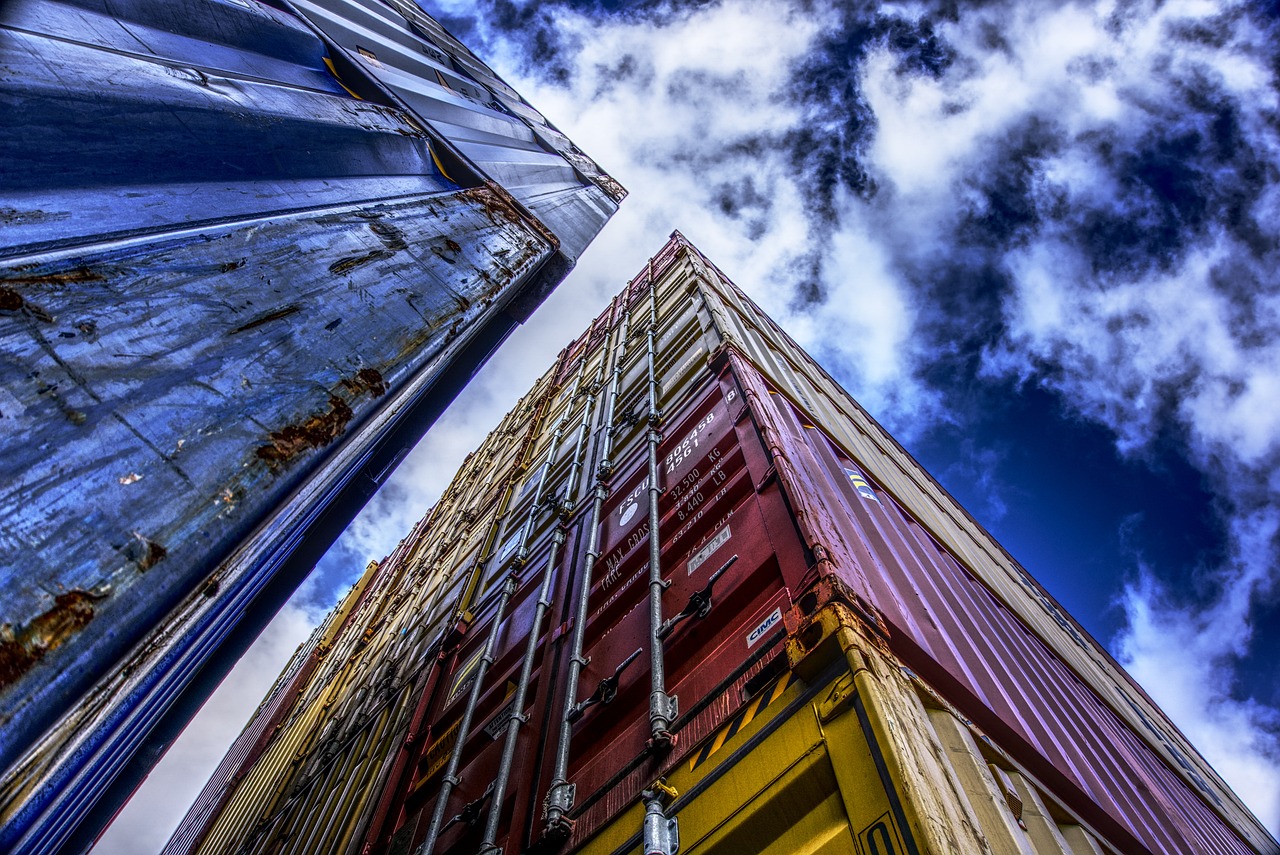

Quality Guarantee


Delivery in 2-5 business days
Proud member of


5.0 Stars on Google Reviews
Insulating a shipping container is essential to make it comfortable and energy-efficient, whether you're using it for storage, as an office, or even as a living space. Proper insulation helps regulate the internal temperature, prevents condensation, and enhances the overall usability of the container. This article will explore the cheapest ways, best methods, and various techniques to insulate a shipping container from the outside, including the roof, walls, and floor.

Added: 12/02/2024
Before diving into the methods, it's important to understand why insulation is essential for shipping containers:
Insulation helps keep the container cool in the summer and warm in the winter, making it a comfortable space year-round.
Proper insulation prevents moisture buildup, which can lead to mold, rust, and structural damage.
Insulating the container reduces energy costs by maintaining a stable internal temperature, minimizing the need for heating and cooling.
If you're looking for the cheapest way to insulate a shipping container, consider these budget-friendly options:
Reflective foil insulation is an affordable and effective option for shipping containers. It works by reflecting radiant heat away from the container, keeping the interior cooler. This type of insulation is easy to install and ideal for walls, roofs, and even the floor.
Installation: Simply staple or glue the reflective foil to the interior surfaces of the container. For additional effectiveness, combine it with other insulation materials.
Cost: Reflective foil is relatively inexpensive and can be found at most home improvement stores.
Fiberglass insulation is another cost-effective method. It's widely available and easy to install. However, it requires proper handling due to the tiny glass fibers that can irritate the skin and lungs.
Installation: Fiberglass batts can be cut to size and placed between framing studs on the walls and ceiling. Ensure the batts fit snugly to avoid gaps.
Cost: Fiberglass insulation is affordable, but you might need to invest in protective gear for installation.
For those seeking the best way to insulate a shipping container, focusing on a combination of insulation methods often yields the best results. Here are some of the most effective techniques:
Installation: Spray foam can be applied directly to the interior surfaces of the container, including the roof, walls, and floor. It requires professional installation for best results.
Cost: While more expensive than other options, the superior performance of spray foam insulation often justifies the investment.
Closed-cell foam panels provide excellent insulation and moisture resistance. They are easy to install and can be used on all surfaces of the container.
Installation: Panels can be cut to size and attached to the container’s interior surfaces using adhesive or mechanical fasteners. They can also be used to frame the walls and roof for added structural support.
Cost: These panels are moderately priced and offer a good balance between cost and effectiveness.
Rigid foam boards can be applied to the exterior of the container. They offer excellent thermal resistance and can be easily covered with cladding or other exterior finishes.
Installation: Attach the foam boards to the container's exterior using adhesive or screws. Seal the seams with tape to ensure a continuous insulation layer.
Cost: Rigid foam boards are relatively affordable and provide good insulation performance.
A green roof or green walls involve covering the container with plants, which provides natural insulation and helps regulate temperature.
Installation: Create a support structure for plants on the roof and walls. Ensure proper waterproofing and drainage to protect the container’s metal surface.
Cost: This method can be cost-effective if you use local plants and materials, but it requires ongoing maintenance.
Insulating the floor of a shipping container is crucial for comfort and energy efficiency. Here are some effective methods:
Foam board insulation is a good option for the floor. It provides a solid base and excellent thermal resistance.
Installation: Lay foam boards on the container floor before installing the final flooring material. Secure them with adhesive or screws.
Cost: Foam boards are moderately priced and easy to install.
Spray foam can also be used under the container, providing excellent insulation and sealing any gaps.
Installation: Apply spray foam to the underside of the container. This method requires professional equipment and expertise.
Cost: Although more expensive, spray foam provides superior insulation and moisture protection.
Insulating a shipping container effectively enhances its usability for various purposes, including storage, offices, and living spaces. Whether you're looking for the cheapest way or the best way to insulate, options like reflective foil, fiberglass, spray foam, and rigid foam boards cater to different needs and budgets. By focusing on the roof, walls, and floor, and considering insulation from the outside, you can create a comfortable and energy-efficient environment inside your shipping container.